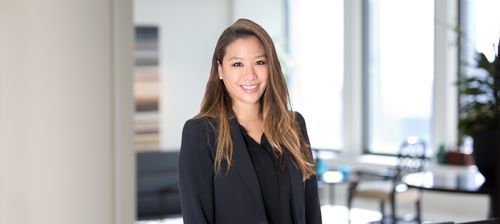Blog
In order to pursue a motion to amend, exclusive licensee needs to produce license establishing that it has power to amend patent
Blog
January 15, 2021
Pediatric Hair Solutions Corp. v. University of Utah Research Foundation, Case IPR2019-01230, Paper 37 (PTAB September 10, 2020).
Before: Horner, New, and DeFranco.
After institution, the exclusive licensee filed a motion to amend. The exclusive licensee had demonstrated that it had “all substantial rights” in the patent and was the real party-in-interest. Yet, in its preliminary guidance, the Board cautioned that the exclusive licensee still needed to provide a copy of its license agreement with the patent owner in order to establish that the exclusive licensee has been granted the right to amend the patent.
The Board went on to find that the exclusive licensee had not shown a reasonable likelihood that it satisfied the statutory and regulatory requirements for at least some of its proposed substitute claims. In particular, the Board found that the petitioner had presented a reasonable likelihood that eight of the ten proposed substitute claims were indefinite and lacked written description support. In addition, the Board found that the petitioner had presented a reasonable likelihood that all ten proposed substitute claims would have been obvious over the prior art. The Board did find, however, that petitioner had failed to demonstrate that the claims did not recite patent eligible subject matter.
The written description and indefiniteness findings were related. The claims recited “maintaining [] heated air at the target area without constraint.” Yet all of the cited portions of the specification showed applying heated air to a target area within specified ranges of temperature, airflow, and duration. The Board preliminarily found that there was, therefore, no written description for the “without constraint” limitation. In addition, the intrinsic evidence would not inform a POSITA with reasonable certainty what aspect of the heated air is applied without constraint.
With regard to obviousness, the Board found that petitioner had demonstrated that all of the limitations were present in the prior art of record. The exclusive licensee also argued that secondary considerations demonstrated non-obviousness. But the Board preliminarily found that the evidence of secondary considerations lacked a nexus to the proposed substitute claims because the exclusive licensee provided no evidence that would show how the alleged commercial success, FDA approval, or unsolicited praise is tied to the amendments to the original claims as opposed to the original claims themselves.
With regard to patentable subject matter, the Board preliminarily found that the proposed substitute claims are directed to a method for eliminating an ectoparasite infestation by administering heated air at a specific temperature, airflow, and duration of time. The Board was persuaded that the claims do not merely recite a natural relationship because the claims recite a specific relationship of temperature, rate, and time of airflow applied to the head.
View the blog here.
Sign up to receive emails with links to new posts by clicking here.
Related Professionals
Related Professionals
This entry has been created for information and planning purposes. It is not intended to be, nor should it be substituted for, legal advice, which turns on specific facts.




